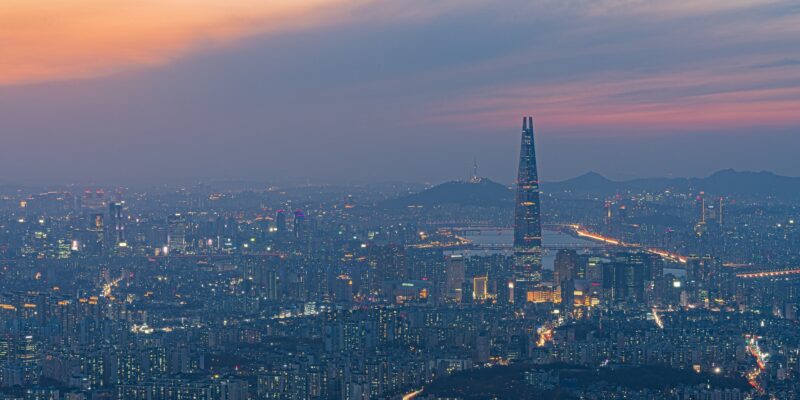SEOUL, Jan. 5 (Yonhap) — South Korea is set to open its long-delayed carbon trading system next week, but it faces hurdles due to resistance from the business community and weak confidence in the nascent program.
Starting on Jan. 12, the Korea Exchange (KRX), the country’s main bourse operator, will launch the cap-and-trade system with the participation of 525 local companies. The initiative aims to reduce greenhouse gas emissions by 30 per cent below business-as-usual (BAU) levels over the next five years.
Under the government’s recent allocation, the companies have been given an emission quota of 15.98 billion Korean Allowance Units (KAU), with one KAU equivalent to a ton of carbon dioxide gas.
During the initial stage from 2015 to 2017, companies within the emission target will receive free carbon allowances. The carbon derivative market will operate for two hours in the early stages and may extend trading hours based on volume, according to the KRX.
Despite the system’s implementation more than three years after the carbon emissions law was enacted, the corporate community is still pushing for a delay and an increase in the emissions quota to at least 20.21 billion KAU.
Petrochemical companies have jointly appealed to the environment ministry to raise the quota assigned to the industry, while steelmakers are requesting a six-month delay in the trading system, citing inadequate preparations.
Energy companies, already grappling with weak global demand and intense competition from Chinese rivals, argue that carbon trading will impose an additional burden on their industry.
The Federation of Korean Industries (FKI), a major business lobby group, estimates that the current plan will impose a financial burden of up to 27.5 trillion won (US$26.7 billion) on domestic companies in the first three years.
In response, the environment ministry contends that potential financial losses do not consider companies’ efforts to reduce greenhouse gas emissions and the long-term benefits of eco-friendly manufacturing processes for both companies and the national economy.
The government is open to providing additional carbon credits if necessary and refutes claims of a lack of carbon credits for emergency purposes. It argues that it is premature to judge the appropriate level of reserves at this point.
The KRX, as the bourse operator, emphasizes that the carbon trading system provides a market mechanism that is more flexible than a carbon tax or regulations adopted by other countries.
Market watchers anticipate that actual trading activities will commence after the government completes its measurement of greenhouse gas emissions by individual firms in March 2016. The first compliance deadline is scheduled for June 2016.
Yoon Suk-youn, responsible for the KRX’s derivatives market division, expects companies subject to the reduction target to adopt a wait-and-see approach initially. He predicts that the cap-and-trade system will take time to gain momentum, and the KRX will implement measures to facilitate trading based on market developments.
In comparison, the European Carbon Exchange’s trading volume accounted for only 1 percent of recent activities in the first three months after its launch in 2005, according to the KRX. Similarly, Shanghai’s carbon credit market experienced about 70 percent of trading taking place just before the compliance deadline in June 2014, following its opening in November 2013.

